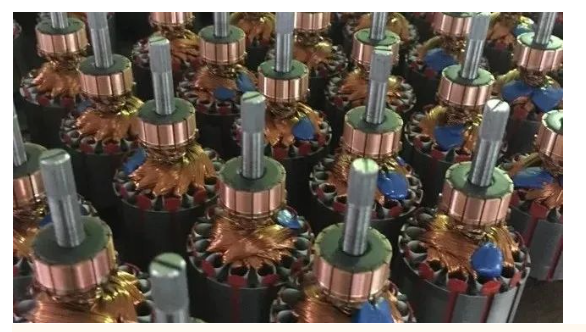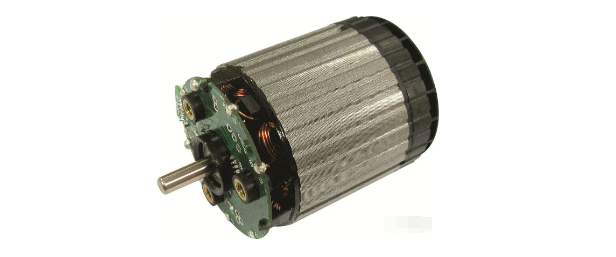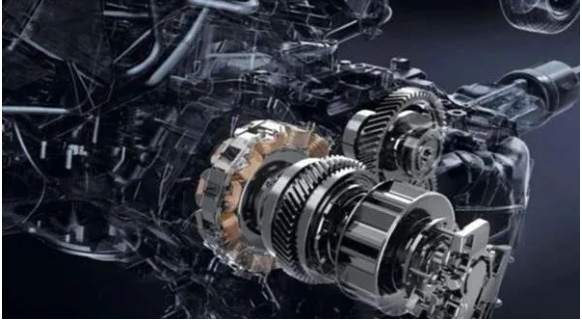The Influence of Unbalanced Motor Rotors on Motor Quality
What are the effects of rotor imbalance on motor quality? The editor will analyze the vibration and noise problems caused by rotor mechanical imbalance.
Reasons for unbalanced vibration of the rotor: residual imbalance during manufacturing, excessive adhesion of dust generated during long-term operation, shaft bending caused by thermal stress during operation, unbalanced load caused by thermal displacement of rotor accessories, deformation or eccentricity caused by centrifugal force of rotor accessories, shaft bending caused by external forces (poor belts, gears, straight joints, etc.), shaft bending caused by poor bearing devices (shaft accuracy or locking), or internal deformation of bearings.
How to suppress rotor imbalance: maintain it within the allowable imbalance, improve the excessive tight fit between the shaft and the iron core, and improve the design for the heterogeneity of thermal expansion. Improvement of strength design or assembly, modification of shaft strength design, change of type of shaft coupling, correction of straight coupling to center, prevention of deviation between bearing end face and shaft attachment section or locking nut.
The causes of abnormal vibration and noise in bearings include internal damage to the bearings, abnormal vibration in the axial direction of the bearings, excitation of the vibration system composed of the axial spring constant and the rotor mass; Poor lubrication and bearing clearance caused by cylindrical rolling bearings or large diameter high-speed ball bearings.
Replacement of bearings: Apply appropriate axial spring preload to change the bearing clearance, choose soft grease or grease with excellent low-temperature performance, and reduce the residual clearance (pay attention to temperature rise issues).
Rotor dynamic balance correction method: After the dynamic balance measurement of the rotor of the dynamic balance machine, the rotor can be balanced and processed using the weighting method and weight removal method as needed. The so-called weighting method refers to the installation of correction weights in the opposite direction of the imbalance. The commonly used methods include welding, soldering, riveting, screwing, and weighting blocks. The weight removal method involves removing a certain amount of weight in the unbalanced direction. The commonly used methods include boring, drilling, chiseling, milling, grinding, etc.
Post time: Oct-24-2023













